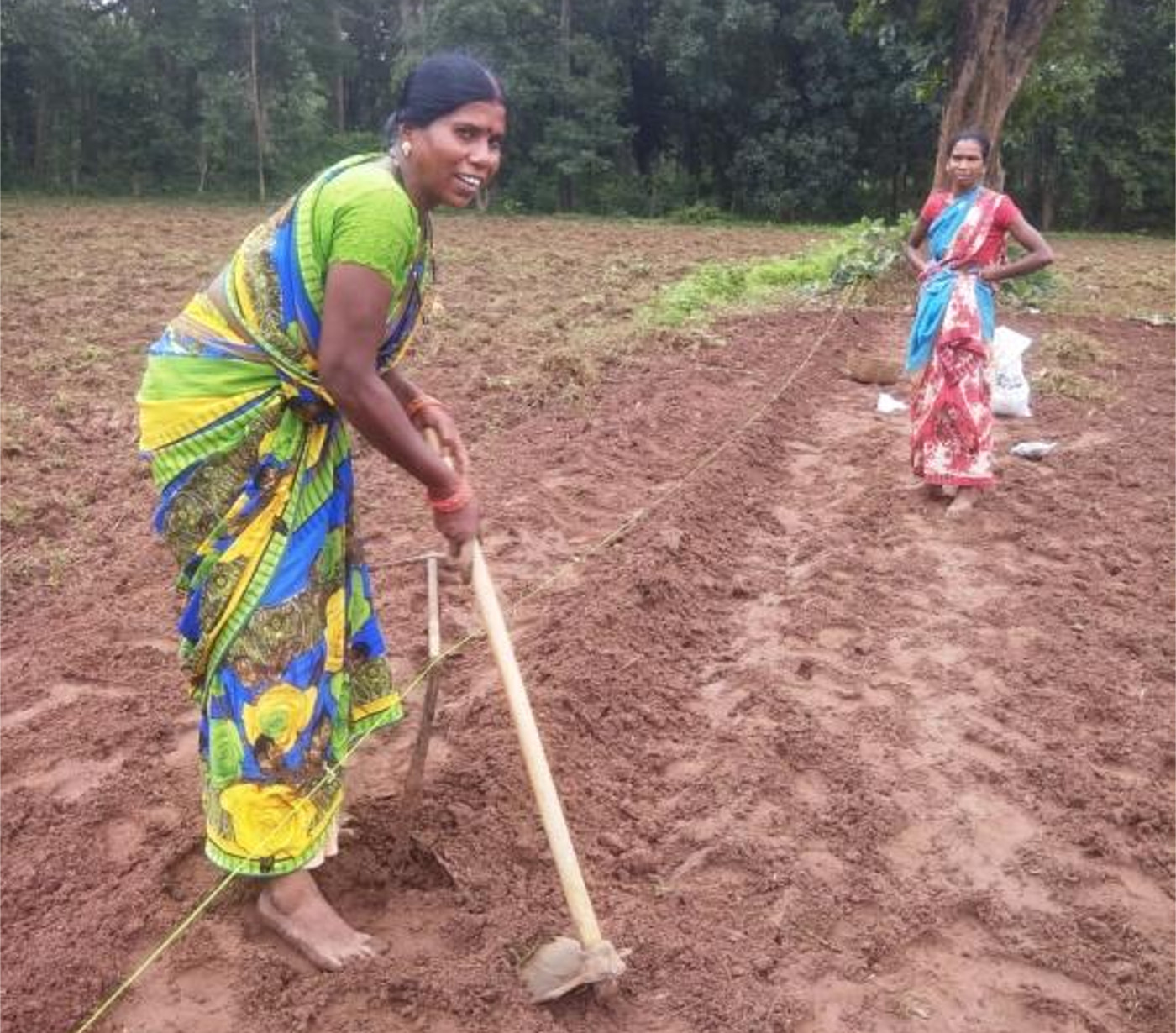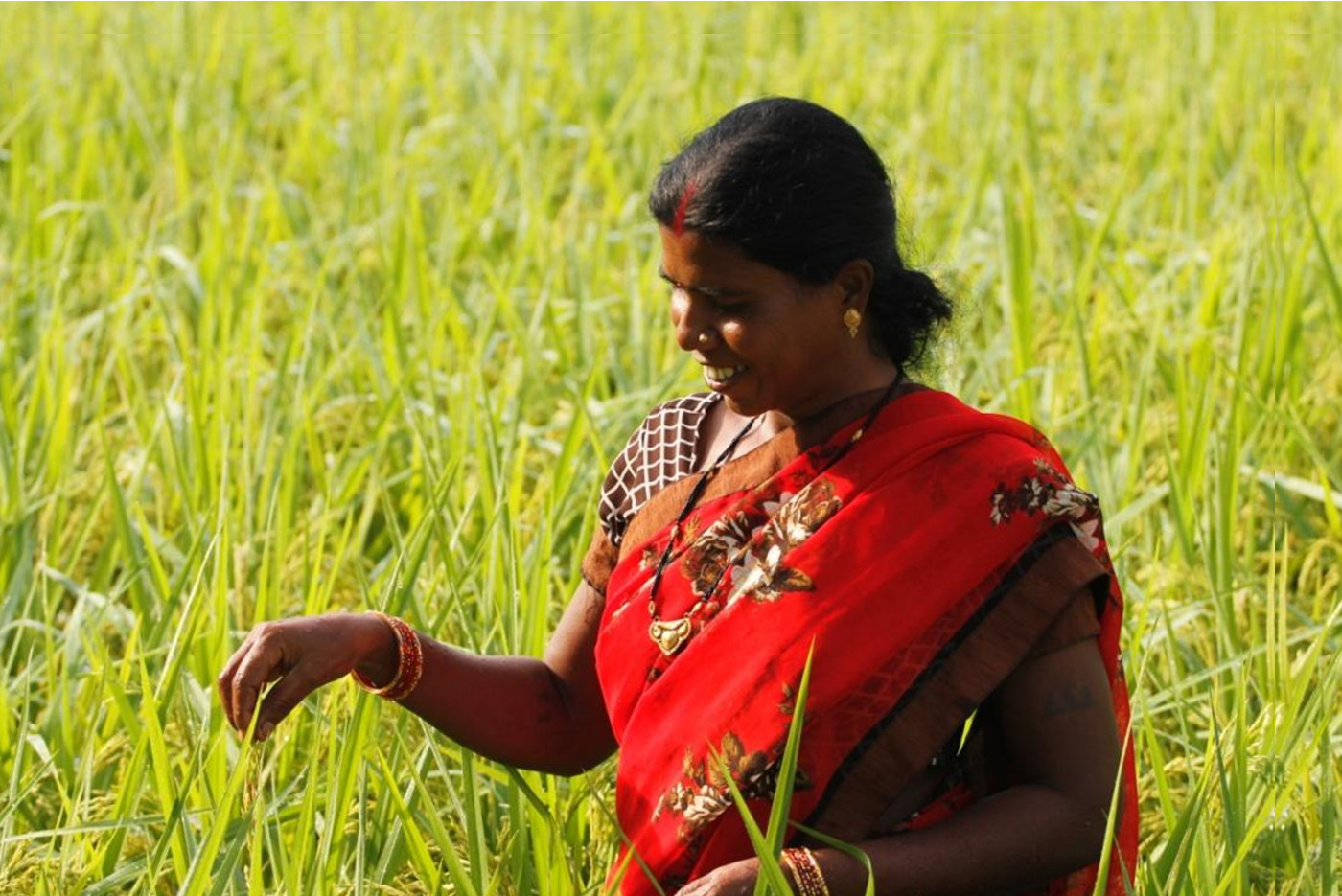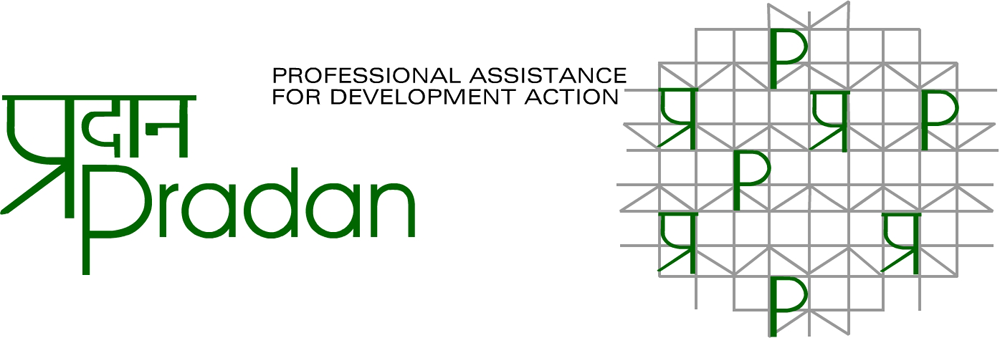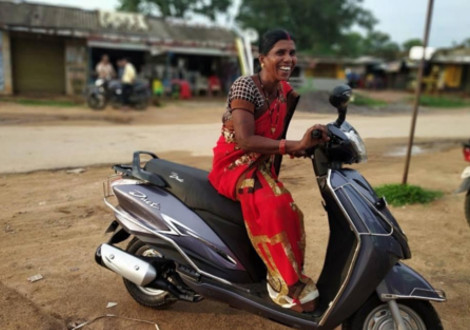Liberty
by Mohini Saha

“Baanj, Baanj” (Barren, Barren) was the torrent of abuse every day.
It had been 8 years of her marriage. A married woman with no child is effectively a living corpse in some parts of the world. Can this living corpse, in a remote village of Narharpur block in Chhattisgarh, transcend all societal barriers and ride to freedom ?
Hemlata still remembers her wedding. A shaky nervous teenager of just 17 years, she could barely comprehend the events of the evening.
“I did not know back then whether to be sad or happy”, she says now.
Like in other places, in Dhekuna village of Narharpur block in Chhattisgarh, a married woman had many predestined roles. And child birth was an important one. In fact, from the perspective of a village community, a childless woman’s place was not even on the fringes of the society. When at the end of the third year of her marriage, Hemlata still could not conceive grumblings of ‘childlessness’ began to grow in family gatherings and cultural events.
The grumblings escalated over the years, especially inside her household. Her husband would beat her up for failing to bear the family a child.
“Baanj, Baanj” (Barren, Barren) was his choicest abuse. It went on for three years. Mentally broken and physically fatigued, she finally walked out of her husband’s house at the age of 25.
She went back to living with her parents. As a woman ‘without a man’, she felt the existential pressure of survival every day. She was a living corpse with the perpetual fear of being labeled by the society.
In the year 2011, she joined a Self Help Group (SHG) promoted by PRADAN in the village of Rajpur. It was for the first time in years that she felt a sense of acceptance and belonging in a social group. The women of the SHGs encouraged her to attend the training sessions organized at the block level by professionals of PRADAN. Despite her fear of being labeled as Baanj, she decided to take the first step. She quickly picked up skills around agriculture and nutrition, becoming an expert trainer.

Photo Source: Mohini Saha
Her father had given her 0.5 acres of land to start a new life. On this piece, she used all her skills to grow bumper crops of paddy and vegetable.

Photo Source: Ashutosh Nanda
With every skill, with every crop and with every exposure, Hemlata broke one shackle after another. She evolved from being a barren woman, dependent on the largesse of others for survival to a fiercely independent woman basking in her own confidence – a skillful farmer and an expert trainer. The change in her external surrounding was also visible. People, both men and women, started seeking advice and support on issues ranging from agriculture to poultry.

Photo Source: Ashutosh Nanda
For her old parents, she is the rock of their lives. Her in-laws and husband want her to return but Hemlata has a destiny to fulfill- a destiny defined by her.
She is on a roll. On her Scooty.

Photo Source: Mohini Saha
“Baanj, Baanj” (Barren, Barren) was the torrent of abuse every day. It had been 8 years of her marriage. A married woman with no child is effectively a living corpse in some parts of the world. Can this living corpse, in a remote village of Narharpur block in Chhattisgarh, transcend all societal barriers and ride to freedom ?


